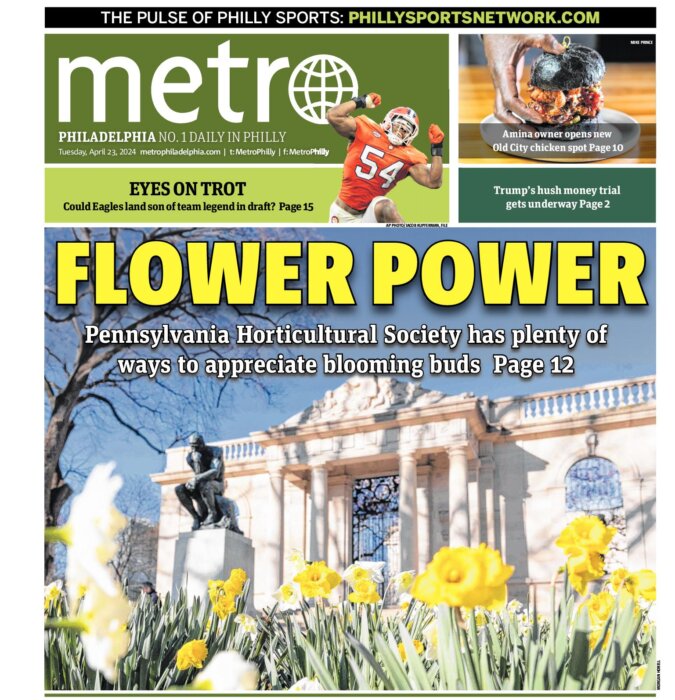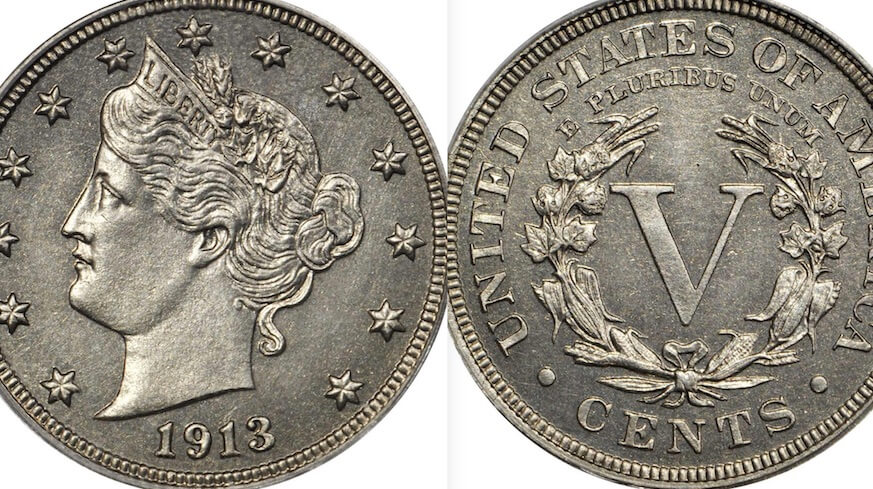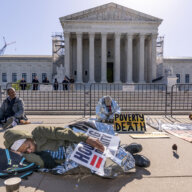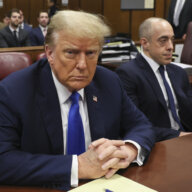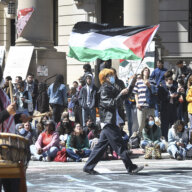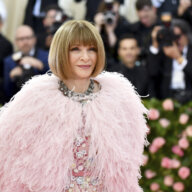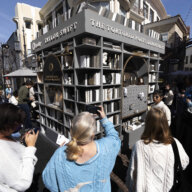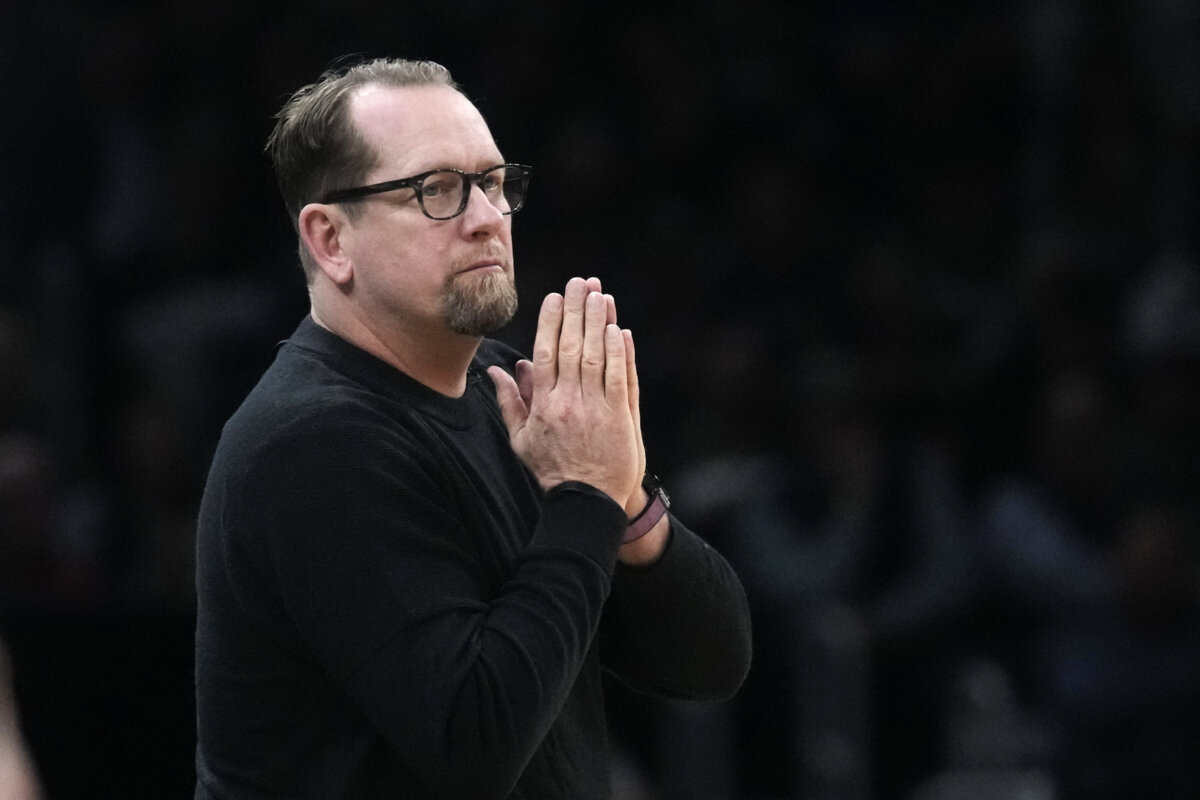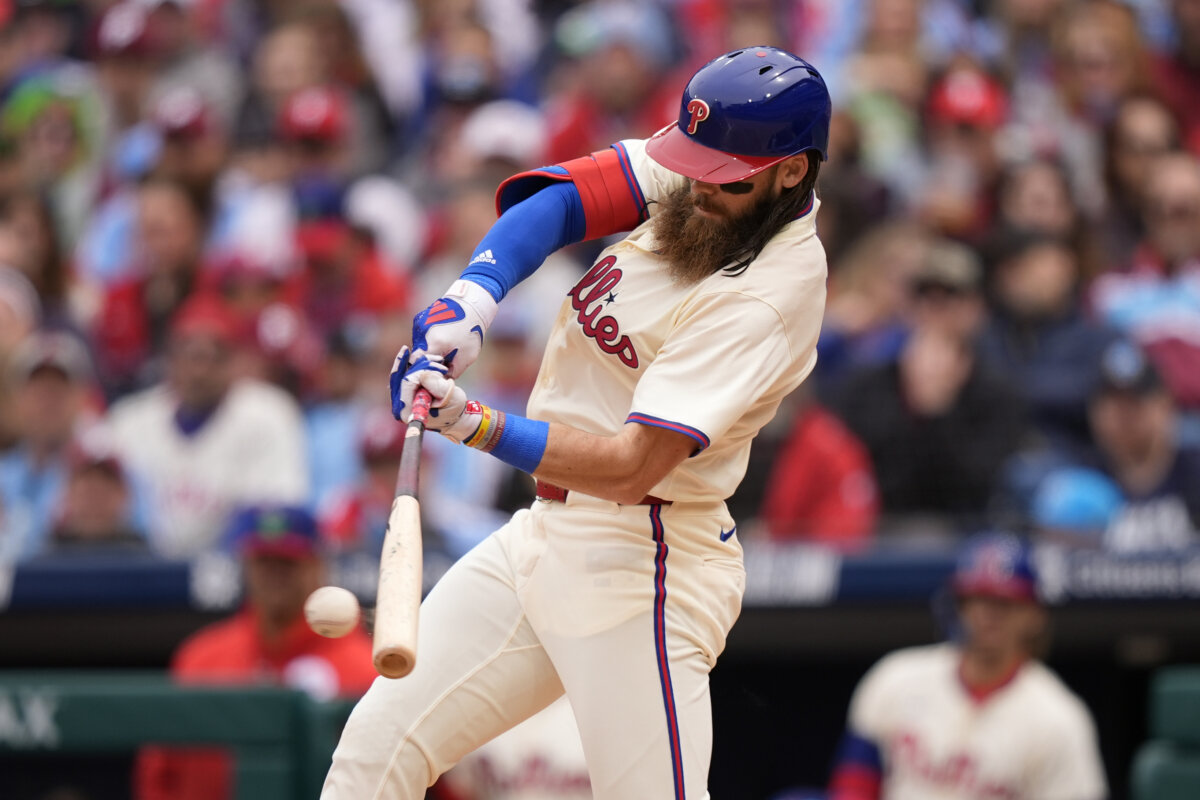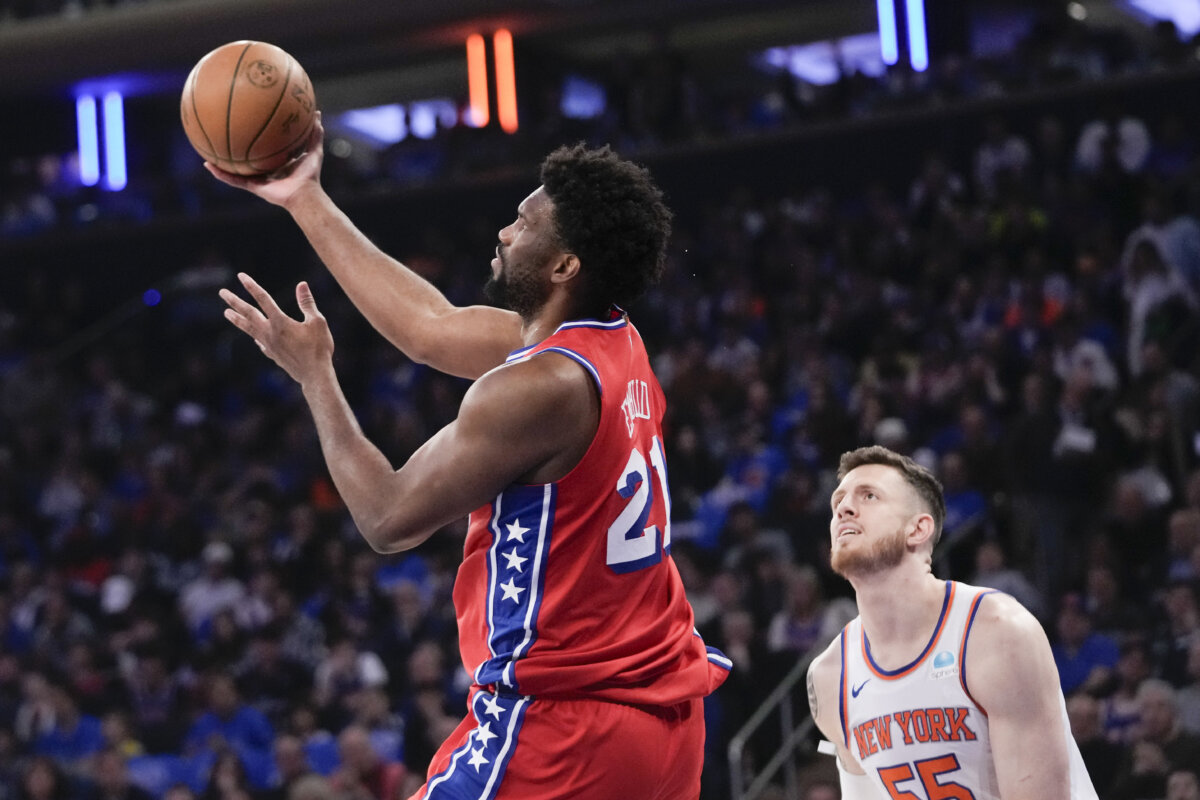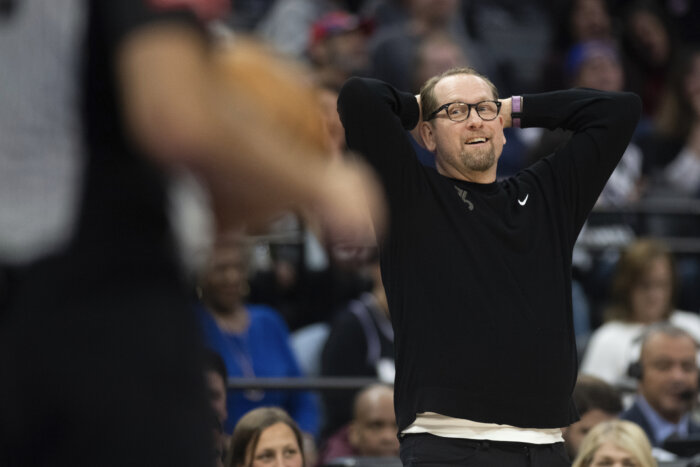How’s this for a rate of return on your investment? A rare century-old nickel’s value has increased some 90 million times, with a five-cent coin selling for a whopping $4.56 million at the World’s Fair of Money in Philadelphia.
The coin sold so high because it’s one of only five Liberty Head nickels in existence. It was auctioned off by Stack’s Bowers Galleries.
“This is truly a momentous sale and one for the history books,” Brian Kendrella, president of Stack’s Bowers Galleries, said in a statement. “The new owner of the Eliasberg nickel now possesses one of the rarest, most valuable United States coins, and one of only three examples of this coveted coin in private hands.”
This nickel comes from the family of Dr. William Morton-Smith, Stack’s Bowers said, who discovered it a beautiful antique Colonial desk passed down through his family that had once belonged to his great grandfather.
Four other Liberty Head nickels are in private and museum collections, but this nickel, named for Louis E. Eliasberg Sr., a coin collector who purchased it as part of the greatest coin collection in U.S. history, is considered the finest example of the set.
More records were smashed during the World’s Fair of Money due to Stack’s Bowers selling of two paper pieces of currency for over $1 million, a rare price for that type of currency.
An 1861 $50 Interest Bearing note – referred to as “the Cat-Daddy of U.S. paper money” due to its complex history, sold for $1,020,000.
An 1880 “Black Back” $1,000 Silver Certificate of Deposit sold for $1,020,000 as well.
The World’s Fair of Money
Some $1 billion worth of rare coins and old paper money were on display in Philly at the World’s Fair of Money next week. That included a million dollar penny, a rare 1943 Lincoln cent, ancient Greek coins and a 1794-made silver dollar worth an estimated $2.75 million.
Organized by the nonprofit American Numismatic Association, the fair featured a penny worth a million dollars, a price it was sold for earlier this year by Philly coin dealer Bob Paul, who put it on exhibit at the fair. It’s rare because it was made by mistake, with a bronze alloy instead of zinc-coated steel, which was used at that time to preserve copper for World War II supplies.
Other notable exhibits to check out at the World’s Fair of Money included:
–The earliest known existing “Half Disme,” (a nickel), made by David Rittenhouse in 1792 and now worth an estimated $2.5 million.
–Coins from the Confederate States of America
–Alternate American currency from 1783 in the Nova Constellatio patterns, printed on the orders of then-U.S. Superintendent of Finance Robert Morris and intended to adopt the metric system. Four coins representing five, 100, 500 and 1,000 “units” of the alternate system are valued at an estimated $25 million. (One particular “Nova Constellatio Quint,” believed to be the first American coin ever minted and formerly owned by Alexander Hamilton, is valued at $5 million.)
–Modern-day $100,000 bills and $500 million Treasury notes, courtesy of the U.S. Department of Treasury.
–$1 million of historic California Gold Rush-era gold coins and gold bars recovered in 2014 from the SS Central America, which sank off the coast of the Carolinas during a hurricane in 1857.
To learn more, visit money.org.
